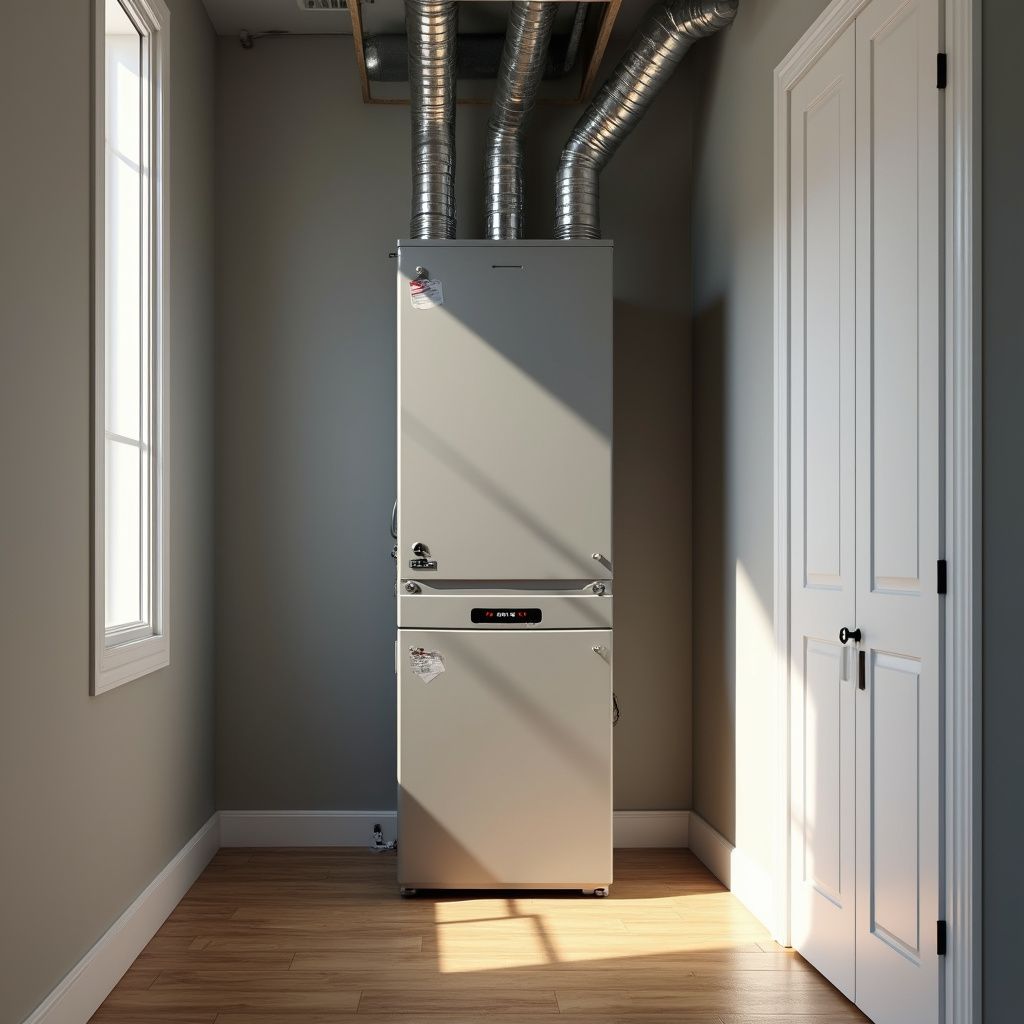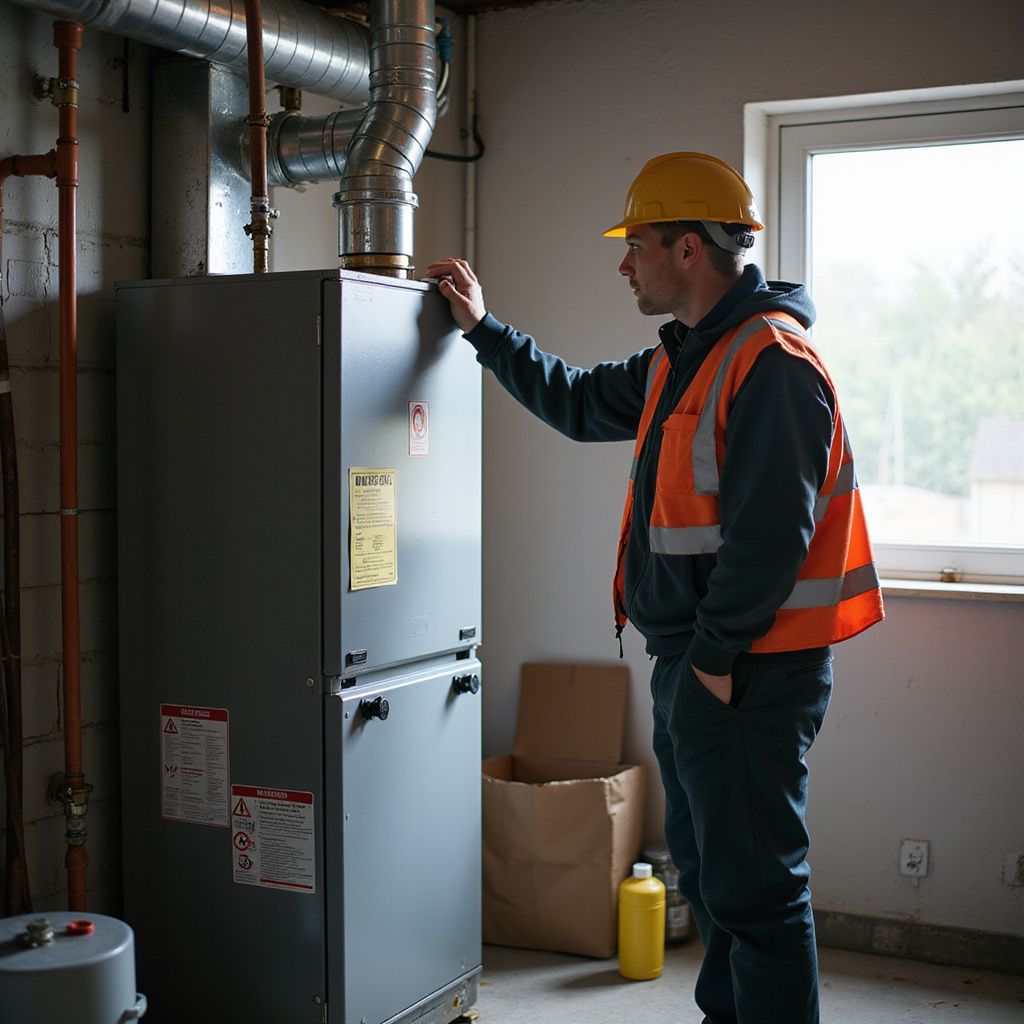Heating System Upgrades: When Is It Worth Investing in a New Furnace?
Modern furnace technology has come a long way, offering more than just basic warmth. But when does it truly make sense to invest in a new system? In this post, we’ll walk through the scenarios where upgrading pays off, important features to look for, and how to capitalize on energy savings and comfort benefits.
1. Your Furnace Is Nearing the End of Its Life
Most furnaces last 15–20 years. Frequent repairs, loud operation, or escalating utility bills often indicate your older unit is no longer worth fixing. Upgrading prevents frustrating breakdowns in the coldest months.
2. Higher Energy Efficiency = Lower Bills
Today’s high-efficiency furnaces use advanced combustion and heat exchange technology to provide the same warmth using less energy. Look for models with high Annual Fuel Utilization Efficiency (AFUE) ratings. The higher the percentage, the more of your fuel is actually turned into usable heat.

3. Smart Tech & Comfort Features
Modern units feature variable-speed blowers, WiFi controls, improved zoning, and quieter operation. These extras enhance comfort and can be programmed for significant energy savings.
4. Rebates and Tax Incentives
Governments and utility companies increasingly offer financial incentives to upgrade to energy-smart models. Factoring in these rebates can make a new furnace surprisingly affordable.
5. Improved Air Quality and Value
Newer furnaces often provide better filtration, humidity control, and even air purification—great news for allergy sufferers and those with respiratory concerns.

Conclusion
If your current furnace is unreliable or expensive to operate, upgrading now can mean years of comfort and lower utility bills. Evaluate your system’s age, check out rebates, and consult a trusted HVAC pro—you might be surprised at how much you gain by making the switch.





